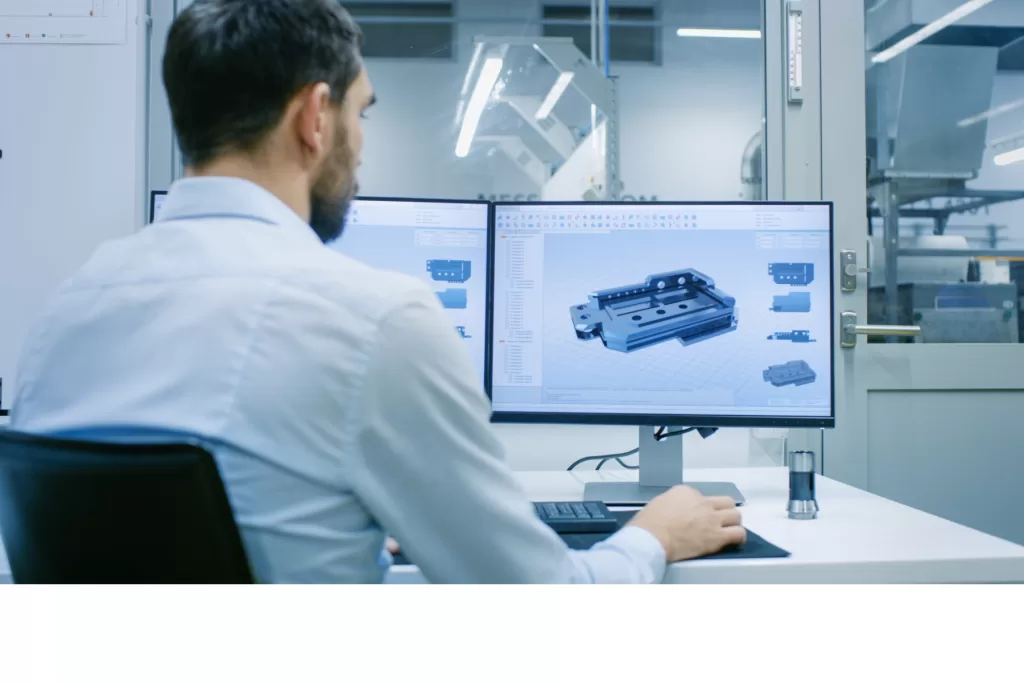
Designing for Manufacturing and 3D Printing: A Comprehensive Guide
In recent years, 3D printing has revolutionized the manufacturing landscape. With its ability to convert digital models into tangible objects quickly and efficiently, industries worldwide are taking notice. However, to fully leverage this technology, it’s essential to understand the nuances of designing for manufacturing and specifically for 3D printing. At Upsurge 3D, we’re passionate about providing insightful guidance on harnessing these cutting-edge techniques. Here’s an in-depth look at how you can optimize your design process for 3D printing.
IUnderstanding 3D Printing Technologies
Before diving into design specifics, it’s crucial to familiarize yourself with the different types of 3D printing technologies, such as Fused Deposition Modeling (FDM), Stereolithography (SLA), Selective Laser Sintering (SLS), and Multi Jet Fusion (MJF). Each of these technologies has unique characteristics and limitations that will influence your design decisions.
- FDM (Fused Deposition Modeling): Ideal for prototyping and creating parts with moderate strength and complexity using plastic filaments.
- SLA (Stereolithography): Known for its high-resolution output, suitable for parts requiring precision and smooth surface finishes.
- SLS (Selective Laser Sintering): Excellent for producing durable and complex geometries without the need for support structures.
- MJF (Multi Jet Fusion): Utilizes a fine-grained powder and fusing agent for high detail and strength in parts, making it suitable for functional end-use parts and intricate designs.
By understanding these technologies, you can select the one that best meets your design’s material and feature requirements.
IDesign Principles for 3D Printing
Designing for 3D printing involves specific principles that differ from traditional manufacturing. Here are some key aspects to consider:
- Wall Thickness and Geometry
Ensure consistent wall thickness to prevent structural weaknesses. Different 3D printing technologies require different minimum wall thicknesses, typically ranging from 0.6 mm for SLA to 1.5 mm for FDM. MJF often allows for thinner walls, around 0.5 mm, due to its fine resolution and high strength.
- Orientation and Supports
Every 3D print starts from the bottom and builds upward. The orientation of your design impacts the print’s strength, surface quality, and the amount of support material required. Minimize overhangs exceeding 45 degrees to reduce the need for additional supports, though technologies like MJF and SLS often eliminate the need for supports altogether.
- Detail Resolution
Smaller features demand higher resolutions to print accurately. Be mindful of your printer’s resolution capacity, usually expressed in microns, and design features accordingly. MJF provides high accuracy for small details compared to other technologies.
- Functional Features
Integrate functional elements such as threads, joints, and hinges with precision, bearing in mind the printer’s tolerances. Thin details might need reinforcement, while tight tolerances may require adjustments to ensure the final product functions as intended.
- Material Considerations
Your choice of material affects both the design and the final properties of the printed object. Consider factors like strength, flexibility, heat resistance, and cost during the design process. MJF typically uses nylon powders, which offer strength and flexibility for functional parts.
Click here for MJF design guidelines.
IUsing CAD Software for Optimal Design
Computer-Aided Design (CAD) software is an invaluable tool in this process, allowing designers to create, refine, and test 3D models. Choose software that offers features aligned with your project’s complexity and scale, such as Autodesk Fusion 360, SolidWorks, or Tinkercad. These platforms provide simulation tools to predict how your design will behave when subjected to forces in real-life scenarios, helping you pinpoint any potential flaws.
IPrototyping and Iteration
One of the greatest advantages of 3D printing is rapid prototyping. Iterative testing enables designers to refine their concepts economically and expeditiously. Each prototype reveals insights into functional performance and aesthetic qualities, facilitating informed adjustments before final production.
IUnderstanding Post-Processing Needs
Post-processing is often necessary to enhance the strength, appearance, or functionality of printed parts. Techniques such as sanding, painting, or chemical treatments can improve surface finishes and durability. MJF parts, for example, often undergo bead blasting or dyeing to enhance aesthetics and performance. Each method will require additional time and possibly influence initial design choices.
IConclusion
Designing for manufacturing and 3D printing necessitates a balanced understanding of technological capabilities and creative vision. By accounting for technological limits and embracing the iterative design process, you can produce innovative, functional, and aesthetically pleasing components.
At Upsurge 3D, we are dedicated to aiding designers in maximizing the full potential of 3D printing technology. Whether you’re new to 3D printing or seeking to enhance your skills, understanding and implementing these design principles can profoundly impact the efficiency and success of your projects.
Explore our website and contact us for expert guidance and service offerings tailored to all your 3D printing needs. Together, let’s create the future with precision and creativity.